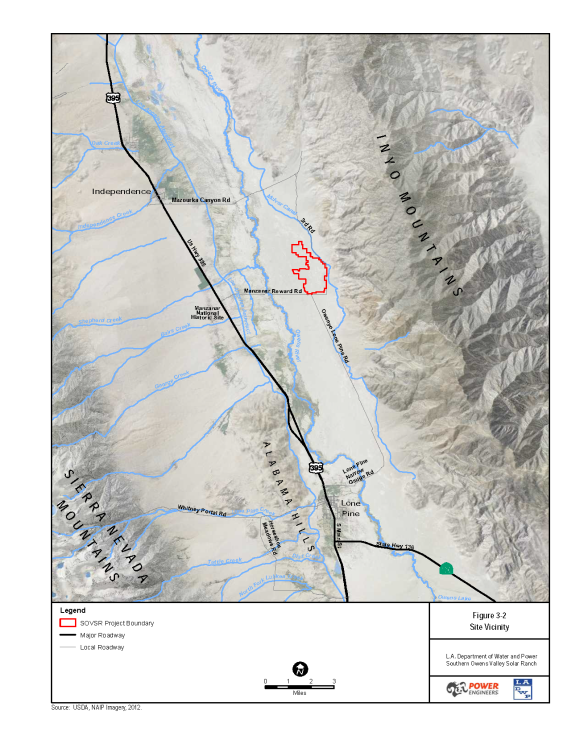To enhance the collective reading of The Infrastructural City organized by Mammoth, here are the highlights of the bibliographic sources from my research into Owens Lake for ‘Reconstructing the Void: Owens Lake’ and my thesis project (circa 2005). Drop me a note if you need help locating any of these sources or find new items that need to be added. #mammothbook
Owens Valley
Bishop Visitors Center; Welcome to Bishop 2003 Press Kit. Bishop California
Center for Land Use Interpretation, ‘California’s Owens Valley’, The Lay of the Land, Summer 2004
Department of Defense; Checklist of Birds, Edwards Air Force Base, California. Department of Defense. Jamestown, ND: Northern Prairie Wildlife Research Center Online. (Version 23JUN00)
Ewan, Rebecca Fish; A Land Between – Owens Valley, California. Baltimore, John Hopkins University Press, 2000.
Hall, Clarence A., et al- editors; The History of Water: Eastern Sierra Nevada, Owens Valley, White-Inyo Mountains. White Mountain Research Station Symposium, Volume 4. Los Angeles: University of California, 1992.
Hoffman, Abraham; Vision Or Villainy: Origins Of The Owens Valley-Los Angeles Water Controversy. College Station: Texas A&M University Press, 1981.
James, Greg, Dennis Williams, et al; Green Book for the Long-term Management Plan for the Owens Valley and Inyo County. Bishop, CA: June 1990.
Gary Libecap ‘Chinatown: Transaction Costs in Water Rights Exchanges The Owens Valley Transfer to Los Angeles’, (NSF Grant 0317375). [This paper explodes the myth that Los Angeles ‘stole’ the water from the Owens Valley, and why the farmers were eager to sell.
Olson, Wilma R; Olancha Remembered. Sacramento, CA: W.R. Olson 1997
Putnam, J. & G. Smith, editors; Deepest Valley: A Guide to Owens Valley, Its Roadside and Mountain Trails– 2nd Edition. Palo Alto: Genny Smith Books/Live Oak Press, 1995.
Sharp, Robert & Allen Glazner; Geology Underfoot in Death Valley and Owens Valley. Missoula Montana: Mountain Press Publishing 1997.
Timmer, Kerri L.; Troubled Water of the Sierra, Sierra Nevada Alliance
Varnelis, Kazys; Points of Interest in the Owens River Valley. Culver City, CA: Center for Land Use Interpretation, 2004.
Wood, R. Coke; The Owens Valley and the Los Angeles Water Controversy – Owens Valley as I Knew It. Stockton CA: University of the Pacific, 1973.

Continue reading →































